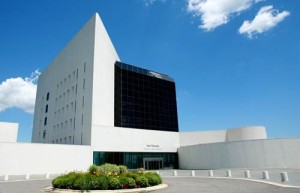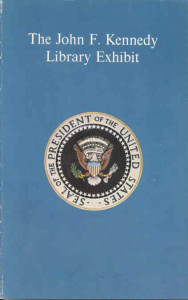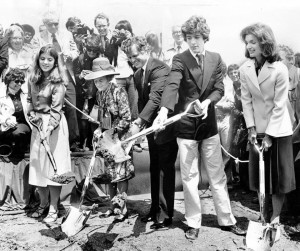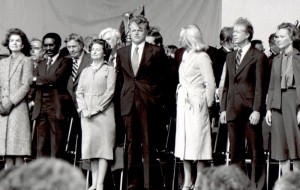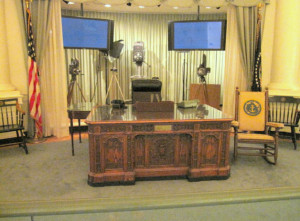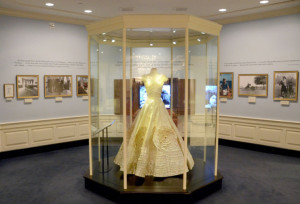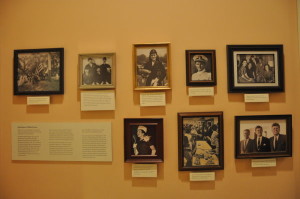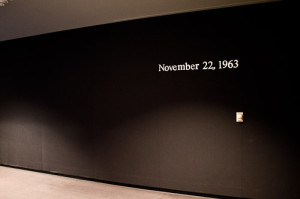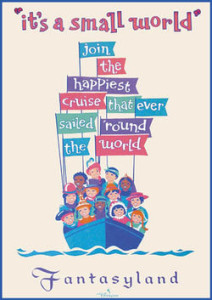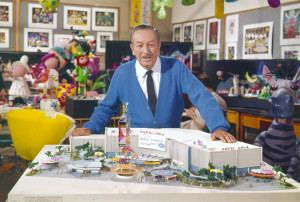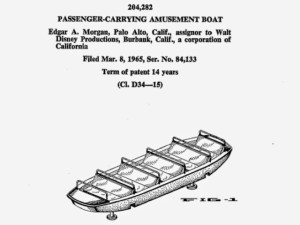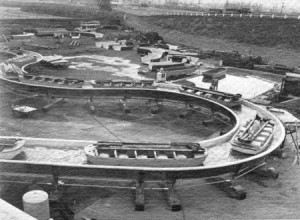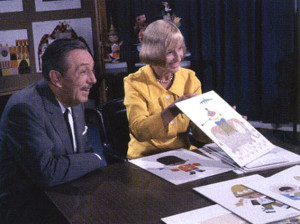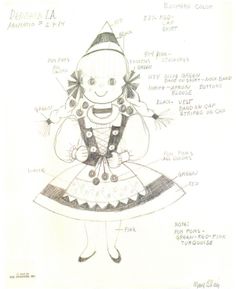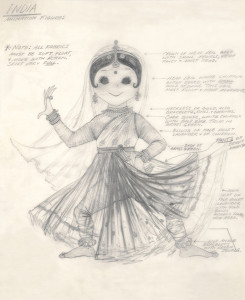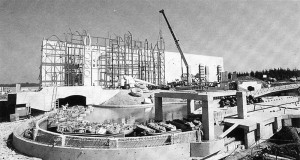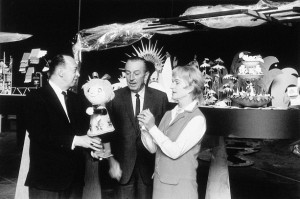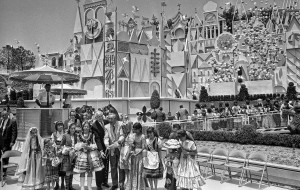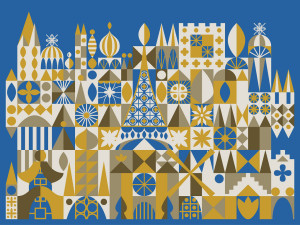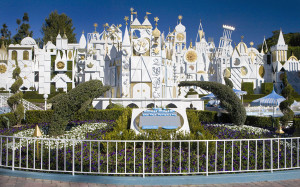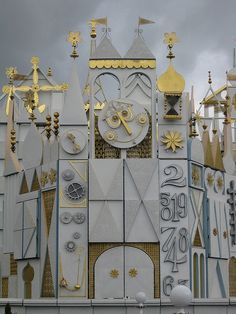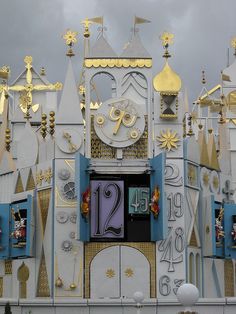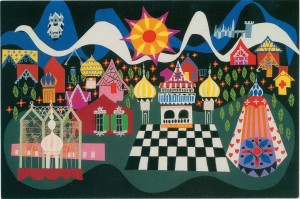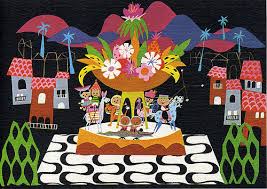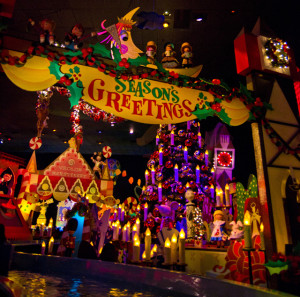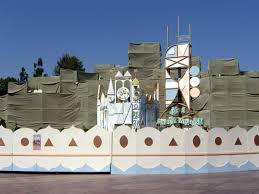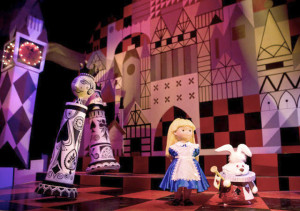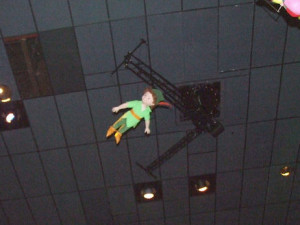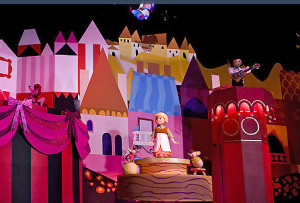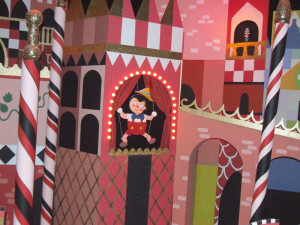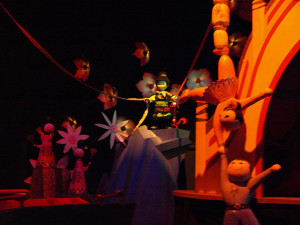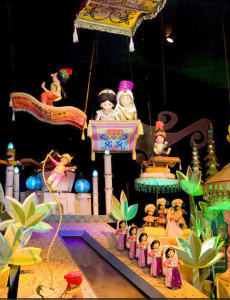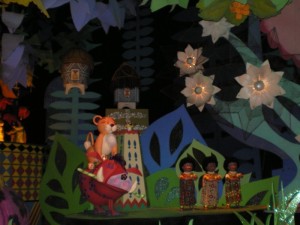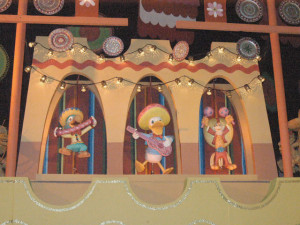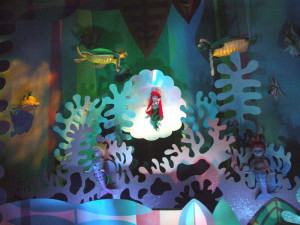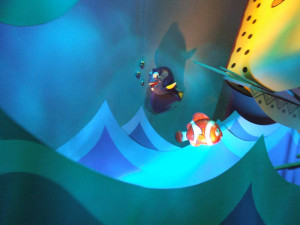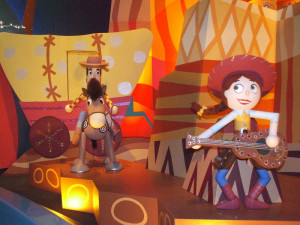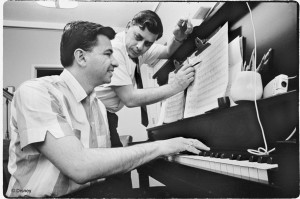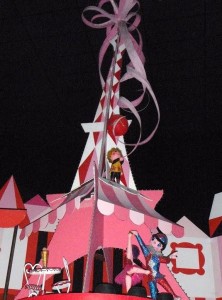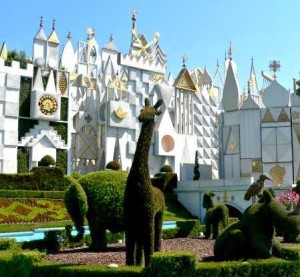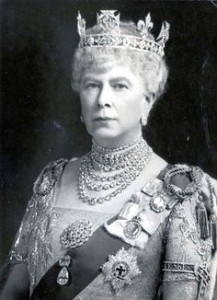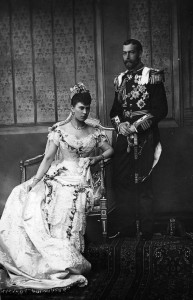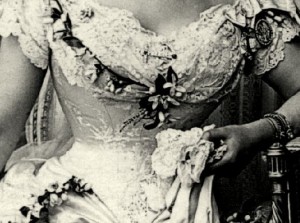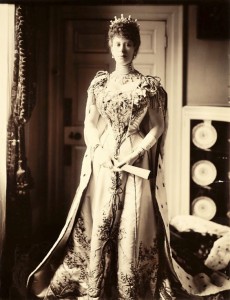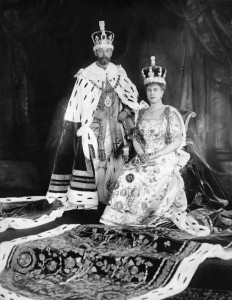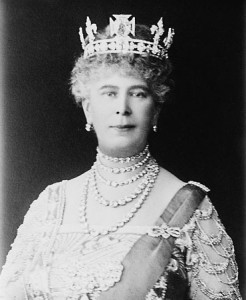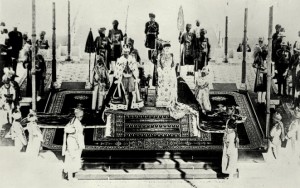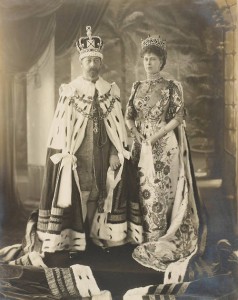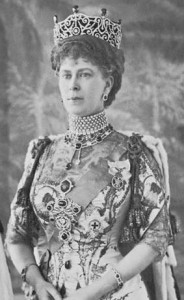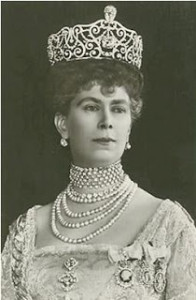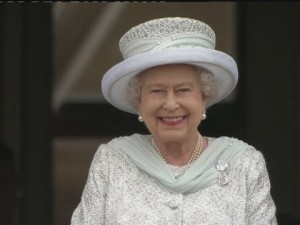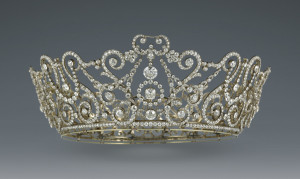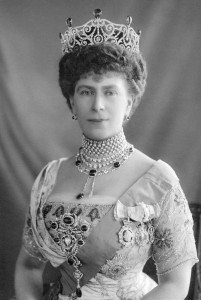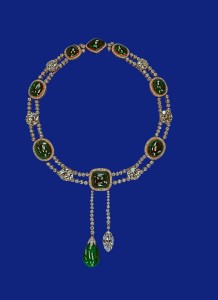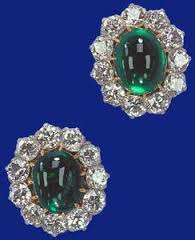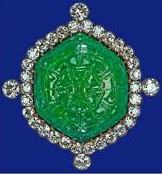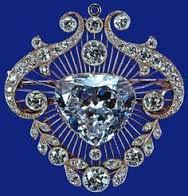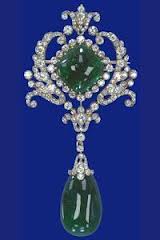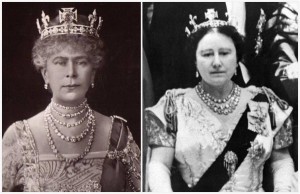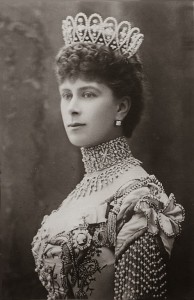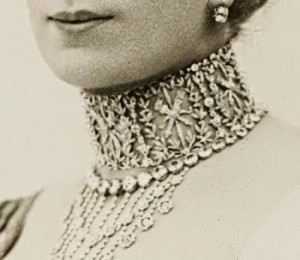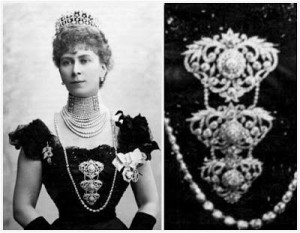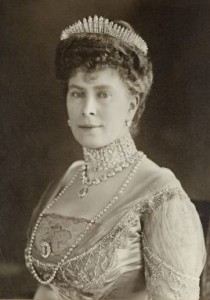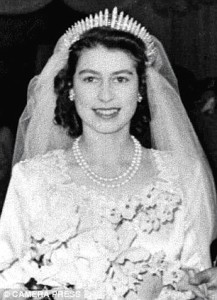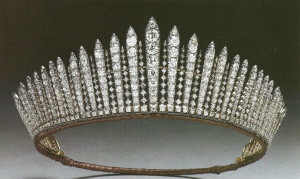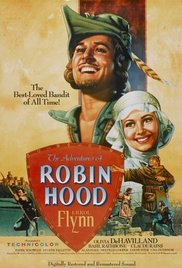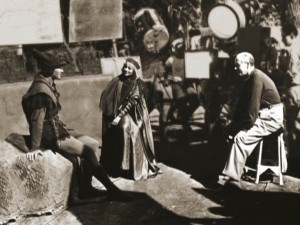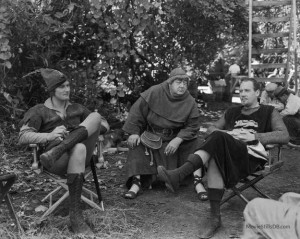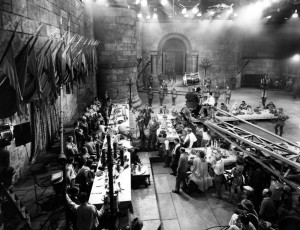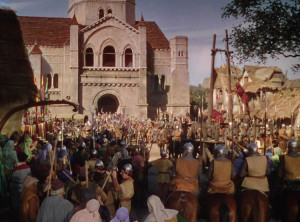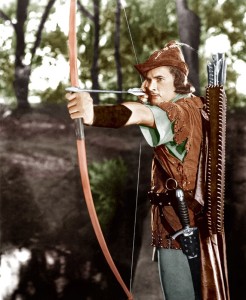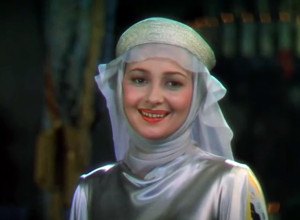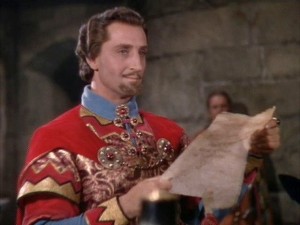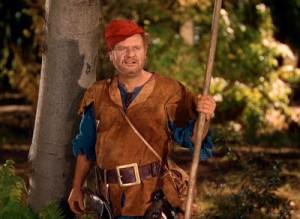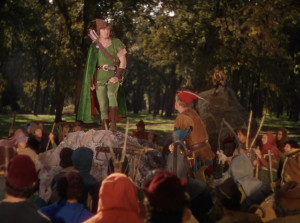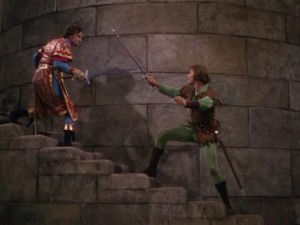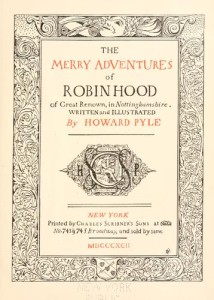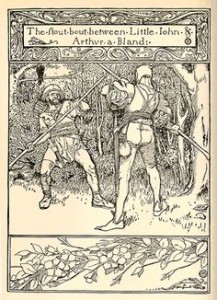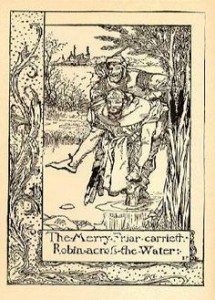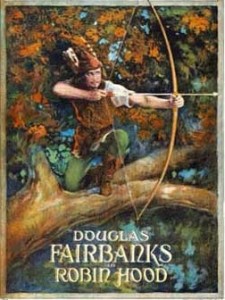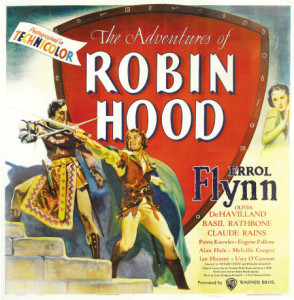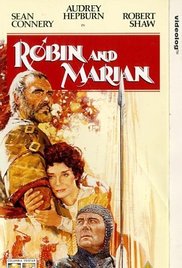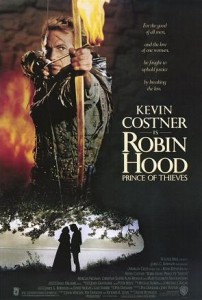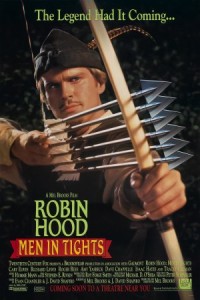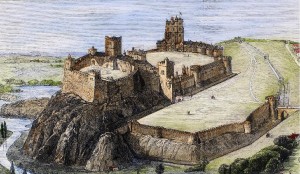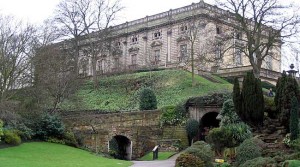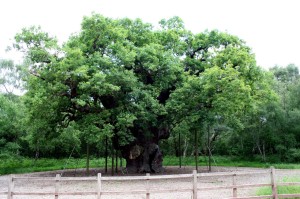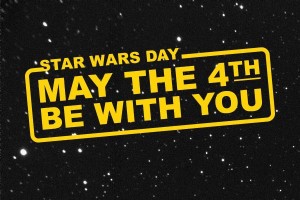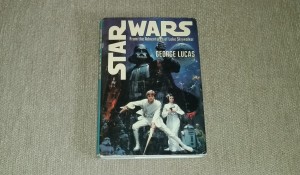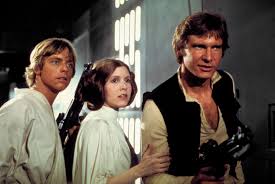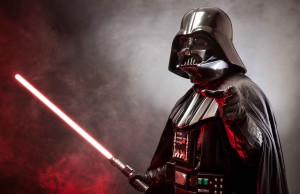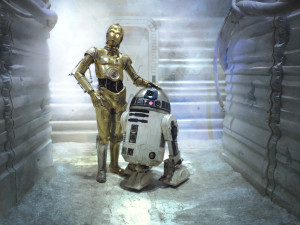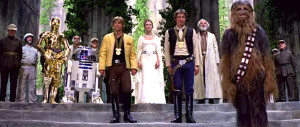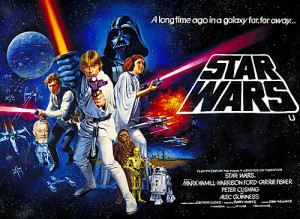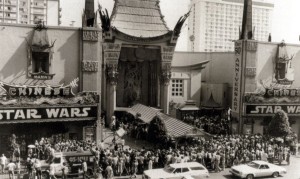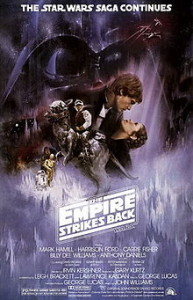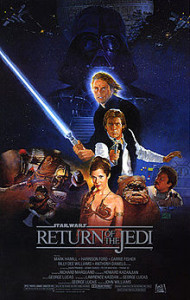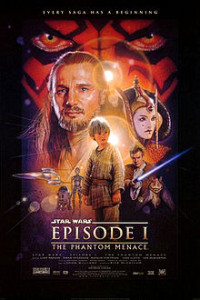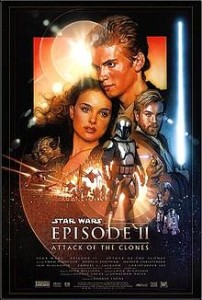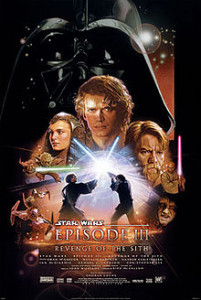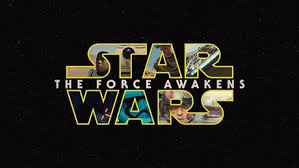In honor of John F. Kennedy’s birthday (May 29, 1917 – November 22, 1963) this travel post is about the Kennedy Presidential Library and Museum located in Boston, Massachusetts. JFK, the son of Joseph Kennedy and Rose Fitzgerald, was born at his parent’s home on 83 Beals Street in Brookline, Massachusetts which is located about 10 miles from the JFK Presidential Library. (Travel Note: I would suggest a visit to the John F. Kennedy National Historic Site either before or after a visit to the JFK Presidential Library. A small museum and visitor tours of JFK’s birthplace and childhood home are offered, for more tourist information regarding hours, etc. please click on the link to www.nps.gov/jofi)
The history of the John F. Kennedy Presidential Library and Museum
Customarily as a sitting President nears the end of their term in office they would look for the site location of their future presidential library. In the case of President Kennedy, he took a trip to Boston, Massachusetts in October 1963 to view several potential sites for his future presidential library. Kennedy initially selected a site located overlooking the Charles River located near Harvard University. (Special Note: The Franklin D. Roosevelt Presidential Library and Museum located in Hyde Park, New York opened in June 1941 was the first official presidential library. Years later, Congress would pass the Presidential Libraries Act in 1955 which regulated the process and procedures to create and maintain future libraries to preserve the papers of the Presidents of the United States which would be built by private funding and then administrated by the National Archives. For more information on the Roosevelt Presidential Library and Museum, please clink on the link)
After the death of John F. Kennedy in 1963, a special committee was formed to help select an architect but the final decision was to be made by Jacqueline Bouvier Kennedy, the president’s young widow. Soon, donations were submitted from around the world and a traveling exhibit of JFK items was organized and sent on a nationwide tour in 1964 with the intention to promote and raise additional funds for the JFK Presidential Library and Museum. The exhibit would include items such as: the Resolute desk used by President Kennedy in the Oval Office at the White House, Kennedy’s special rocking chair and the famous PT-109 coconut paperweight. Look for more information on these historical items later in this post. (Personal Note: As a young child I remember my parents taking us to see the exhibit in Los Angeles. Shown below on the left is a photo of the traveling exhibit brochure which I currently have in my Presidential memorabilia collection. On the right is a photo of the PT-109 coconut paperweight which is currently on display in the JFK Library)
Eventually the architect I.M. Pei was personally chosen by Mrs. Kennedy in December 1964 to design the building for the JFK Presidential Library. The original design was to incorporate not only the Library and also an additional building for the JFK School of Government. The good news was that the initial goal of $10 million dollars building fund had easily been reached and by 1965 contributions topped the $20 million dollar mark. The bad news was that the original site selection on the Charles River near Harvard was meeting with local opposition and there was additional delay in clearing the land. Then, sadly in JFK’s brother, Senator Robert Kennedy, was assassinated in 1968, he also acted as president of the JFK Library Corporation. Of course Jackie Kennedy was distraught about the situation of another tragedy in the family and by the early 1970s construction had still not begun. Finally, by early 1975 plans for the Library at the original site were stopped.
Eventually, a new location found at an area in Boston called Columbia Point overlooking Dorchester Bay. With no public opposition for this site, the official groundbreaking ceremony took place on June 12, 1977 which was attended by Jackie Kennedy (now Mrs. Onassis), her two children Caroline and John, Jr., the mother of JFK Rose Fitzgerald Kennedy and the brother of the former President Senator Edward Kennedy. The original architect, Pei, submitted a design for a simple geometric-styled building with a large glass pavilion. Expenses were kept at a minimum using concrete instead the preferred stone and falling within the allotted budget and costing $20.8 million.
The JFK Library and Museum was completed and an official dedication ceremony was held on October 20, 1979 and those in attendance included Mrs. Onassis (her second husband had died in 1975), her children Caroline and John, Jr. and other members of the Kennedy family and also President Jimmy Carter who graciously accepted the library on behalf of the National Archives for use by the American public.
A tour of the John F. Kennedy Presidential Library and Museum
It is advised that a visit to the JFK Presidential Library and Museum should start with the introductory film which plays in the theatre located on the first floor. The film is uniquely narrated by President Kennedy himself and he discusses his childhood and political career ending with his 1960 presidential nomination. Another film is also shown about the Cuban Missile Crisis which occurred during 13 tense days from October 16 to 18, 1962 during a time when the United States and the Soviet Union stood on the brink of war.
The first floor features seven permanent exhibits:
- Campaign Trail – This exhibit concentrate of the 1960 presidential campaign and election which features displays of campaign memorabilia and items from the Democratic National Convention which took place July 11 to 15, 1960 in Los Angeles, California. There is a replica of an average Kennedy campaign office and visitors can hear the campaign song “High Hopes” as sung by Frank Sinatra and also listen to Kennedy’s acceptance speech from the convention.
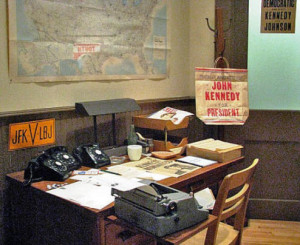
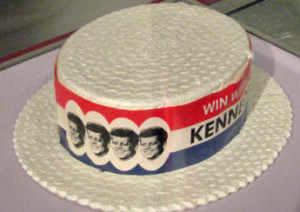
- The Briefing Room – During the Kennedy administration televised press conferences were broadcast live. Television had become a major factor in projecting the image of the young President and with the use this relatively new technology he was able to successfully promote his administration’s political agenda. This exhibit features several examples of Kennedy’s speeches.
- The Space Race – On May 25, 1961, President Kennedy gave a speech to Congress stating that “before this decade is out … landing a man on the Moon and returning him safely to the Earth” With this challenge the Space Race had begun and featured in this exhibit are items relating to the U.S. space program, specifically the NASA Project Mercury. One display shows an astronaut’s spacesuit and another showcases the Freedom 7 space capsule which was used when Alan Shepard became the first American in space. (Special Note: The capsule came to the JFK Library in 2012 and is expected to be returned to the Smithsonian Institution National Air and Space Museum in Washington, D.C. in 2016) Sadly, Kennedy did not live to see his goal fulfilled and it wasn’t until several years after his death that Apollo 11 landed on the moon on July 20, 1969.
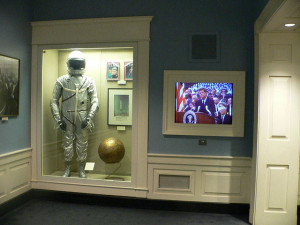
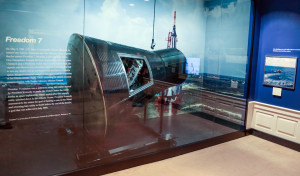
- Attorney General’s Office – Attorney General during the Kennedy Administration was Robert F. Kennedy, the brother of the President. This exhibit features information about the work of RFK in regards to fighting organized crime and aiding the progress of the American civil rights movement. One display shows items used by RFK in his office at the Department of Justice.
- The Oval Office – One of the most popular exhibits in the JFK Library is the Oval Office exhibit. The most prominent item displayed is a reproduction of the famous Resolute desk, an exact copy of the desk used by President Kennedy in the White House. (Special Note: The original desk was a gift from Queen Victoria to President Hayes given in 1879; it was made from the timbers of the British ship the HMS Resolute) The Resolute desk was used by many U.S. Presidents; most recently it is in use in President Obama’s Oval Office at the White House. An additional item of interest on permanent display in the exhibit is the specially made rocking used by President Kennedy in the Oval Office. Kennedy suffered from chronic back problems and his doctor suggested the use of a rocking chair, he enjoyed the rocker so much that he took the chair with him on Air Force One as he traveled in the United States and abroad on International State Visits. He commissioned additional rocker for Camp David and his personal home in Hyannis Port on the Kennedy estate. (Shown the photo below are both the Resolute desk and the Kennedy rocking chair)
- First Lady Jacqueline Bouvier Kennedy – This exhibit in the JFK Library centers on the life of the First Lady and features several items and other artifacts belonging to her. The main item of interest in this exhibit is the wedding dress worn by Jacqueline Bouvier on the occasion of her marriage to John F. Kennedy on September 12, 1953. Also on display are several of the dresses worn by Mrs. Kennedy when she was the First Lady during the years of January 1961 to November 1963 (For more information about the Kennedy wedding, please click on the link. Also for information about Mrs. Kennedy and her White House dresses, please click on the link.)
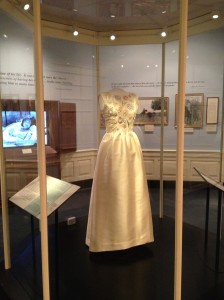
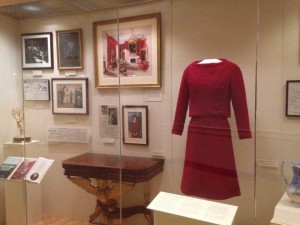
- The Kennedy Family – This exhibit showcases the famous Kennedy family and features photographs and several items belonging to members of the family.
One of the most poignant areas of the JFK Library is the simple room near the end of the tour. The room is painted entirely in black with the date, November 22, 1963, printed on the wall. Unlike the other rooms in the library there are no display cases or memorabilia to view. Instead there are several television screens mounted on the wall that show the television coverage and the famous broadcast of Walter Cronkite reporting to the nation that the President had died. (I’m sure that this will bring back a flood of memories for people who lived through those tragic days back in 1963. It is one of those moments in history that people will remember where they were and what they were doing when they heard the news)
Additional Artifacts of the John F. Kennedy Library
The famous PT-109 coconut paperweight – When Lieutenant Kennedy was serving in World War II as a commander for PT109, the boat was hit by a Japanese destroyer leaving Kennedy and his crew were stranded in the Solomon Islands. Kennedy carved a message into a coconut shell with a message stating their exact location and it was given to local natives to deliver the PT base resulting in the rescue of Kennedy and his crew. Later it was encased in wood and plastic as a special war time souvenir, President Kennedy used it as a paperweight on his deck in the White House Oval Office. In addition to the coconut paperweight, on display in the JFK Library is flag from the PT-109. Both items are shown below
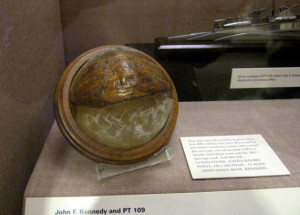
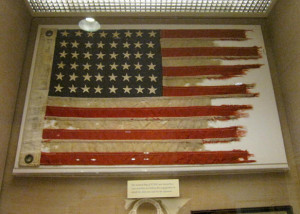
The “Victura” sailboat – Located outside the JFK Library and on display from May to October every year is the 25-foot Wianno senior sailboat. The “Victura” sailboat was acquired by the Kennedy family when JFK was 15 years old. The Kennedy children enjoyed many hours sailing in the waters off of Hyannis Port, Massachusetts near the Kennedy compound. After the death of President Kennedy in 1963, other members of the family continued to use the sailboat until it was donated to the JFK Presidential Library.
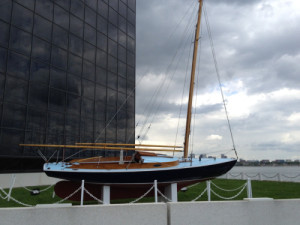 For more information regarding the John F. Kennedy Presidential Library hours of operation and prices, etc, please click on the link to their website at www.jfklibrary.org.
For more information regarding the John F. Kennedy Presidential Library hours of operation and prices, etc, please click on the link to their website at www.jfklibrary.org.

